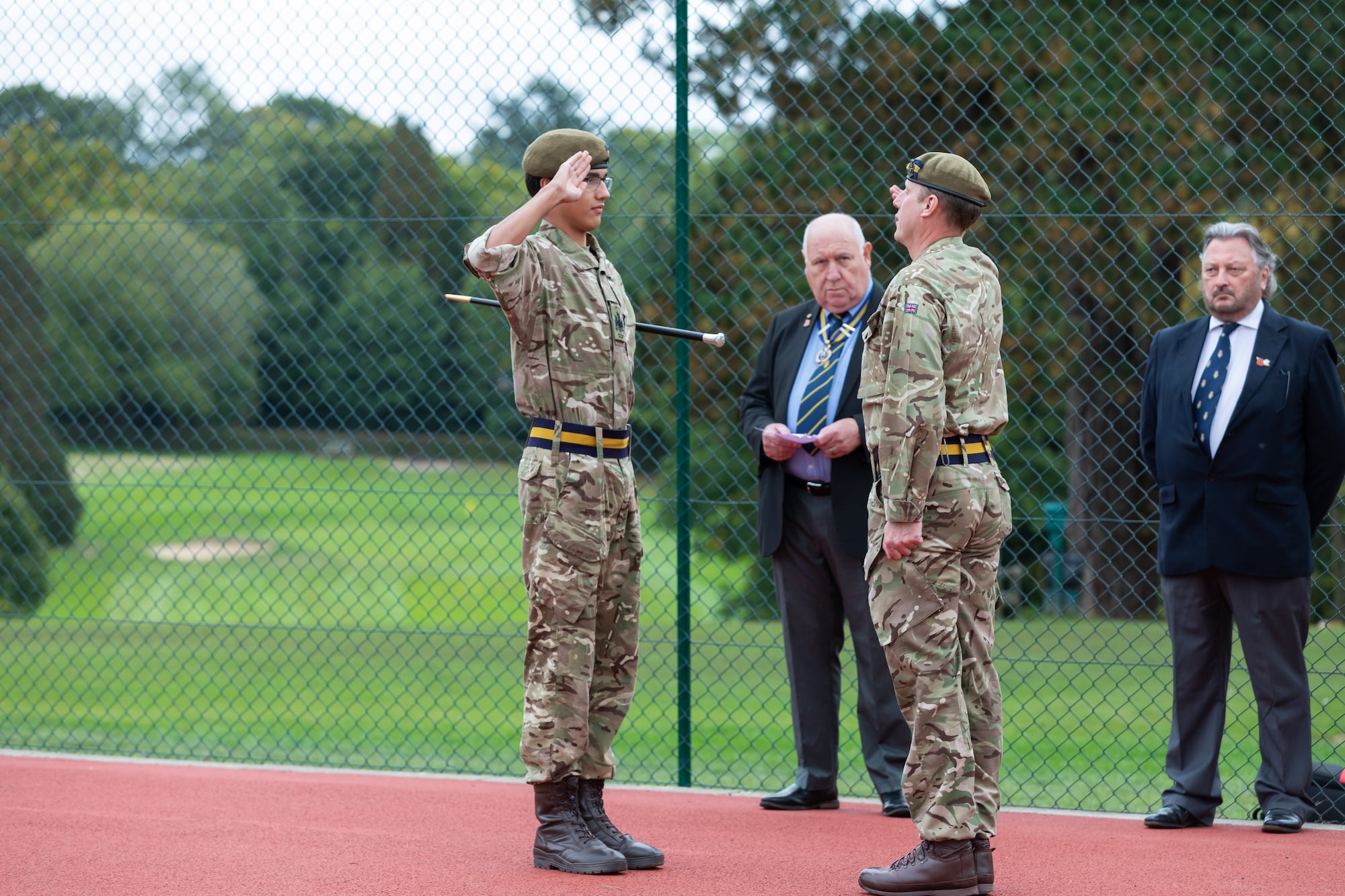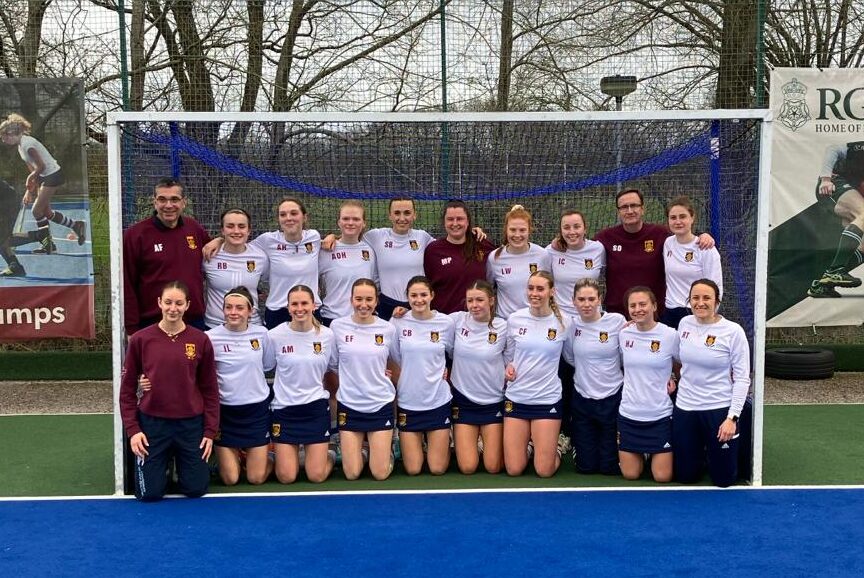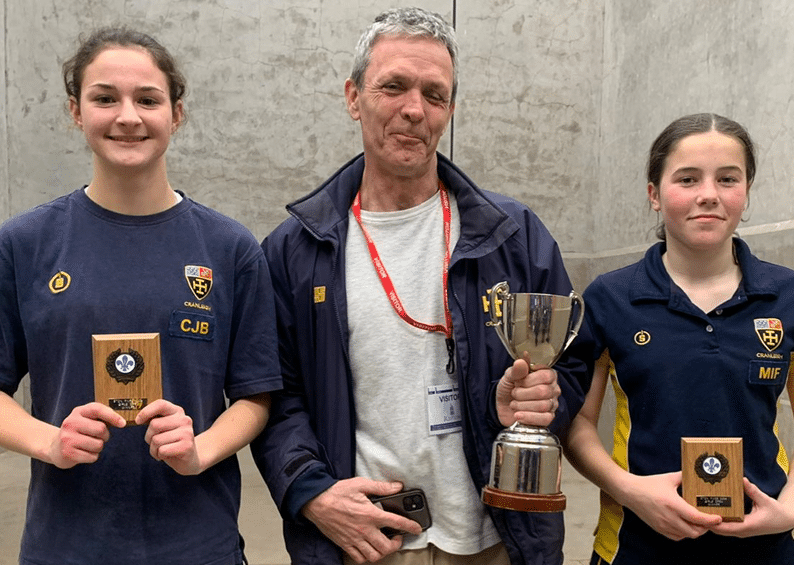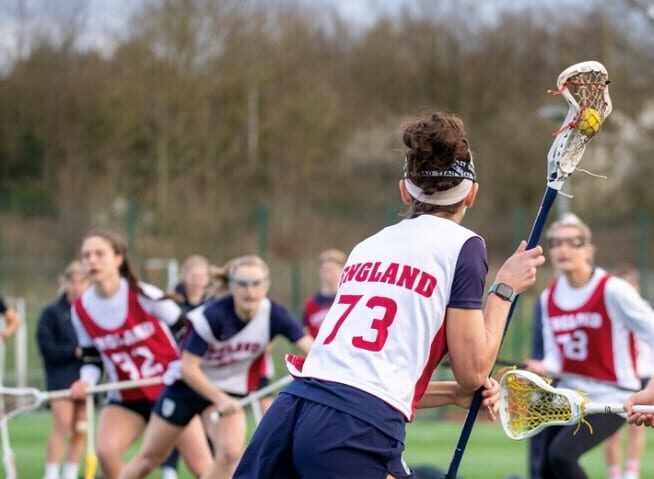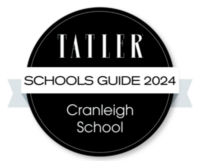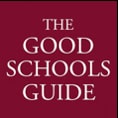The Higgs Boson – “the God particle” – is something you will all have heard about it at some point in the past year and, during the Easter holiday, a group of 17 Cranleighans went to the place where this discovery was made, CERN.
The CERN (Centre for European Nuclear Research) laboratory is a huge site near Geneva which is astride the Franco-Swiss border. As well as the world’s largest particle accelerator, the Large Hadron Collider which is 27km in length, CERN also contains five other particle accelerators, a decele rator and a compact linear collider. These are all used to either accelerate particles to a sufficient energy to collide with each other or can be used to create anti-matter . The tour started with two multimedia and interactive exhibitions covering the beginnings of CERN, just after the end of World War II, the physics behind CERN and how accelerators work. A senior engineer gave us a talk about the relevance of what happens at CERN and their hopes as to the discoveries to be made using the particle accelerators. This was followed by a tour of the site, during which we saw a cross section of Linac (linear accelerator) and the LEIR (low energy ion ring) but unfortunately we could not see the underground Large Hadron as it was being upgraded. As an illustration of the size of the operation at CERN, the tour guide noted that the magnitude of the data collected on more than 20 live experiments means it must be sent all over the world for analysis.
rator and a compact linear collider. These are all used to either accelerate particles to a sufficient energy to collide with each other or can be used to create anti-matter . The tour started with two multimedia and interactive exhibitions covering the beginnings of CERN, just after the end of World War II, the physics behind CERN and how accelerators work. A senior engineer gave us a talk about the relevance of what happens at CERN and their hopes as to the discoveries to be made using the particle accelerators. This was followed by a tour of the site, during which we saw a cross section of Linac (linear accelerator) and the LEIR (low energy ion ring) but unfortunately we could not see the underground Large Hadron as it was being upgraded. As an illustration of the size of the operation at CERN, the tour guide noted that the magnitude of the data collected on more than 20 live experiments means it must be sent all over the world for analysis.
CERN, a collaboration between 20 European countries, is not Geneva’s only international activity as it is also home to a major part of the United Nations. So the group also visited the UN building which is the home of organisations including the UN human rights council made obvious by the Tibetan protesters we saw o utside. The UN building has been greatly expanded but at its centre lies the same building occupied by the UN’s predecessor organisation, the League of Nations. We left with all our fingers crossed that the UN will be more successful.
utside. The UN building has been greatly expanded but at its centre lies the same building occupied by the UN’s predecessor organisation, the League of Nations. We left with all our fingers crossed that the UN will be more successful.
On the last day we went to the History of Science museum showing instruments from the 17th century which could be argued to be the forerunner of the science now explored by CERN. Afterwards we proceeded to the art and archaeology museum which had a weapons and armour exhibition which kept the less cultured of us entertained; in particular, a sword as tall as Mr Lane.
Thanks must go to Mr and Mrs Griffiths for their companionship and to Mr Lane for arranging this enjoyable way to learn physics!
George Edwards (UVI, East)
Back to all news
